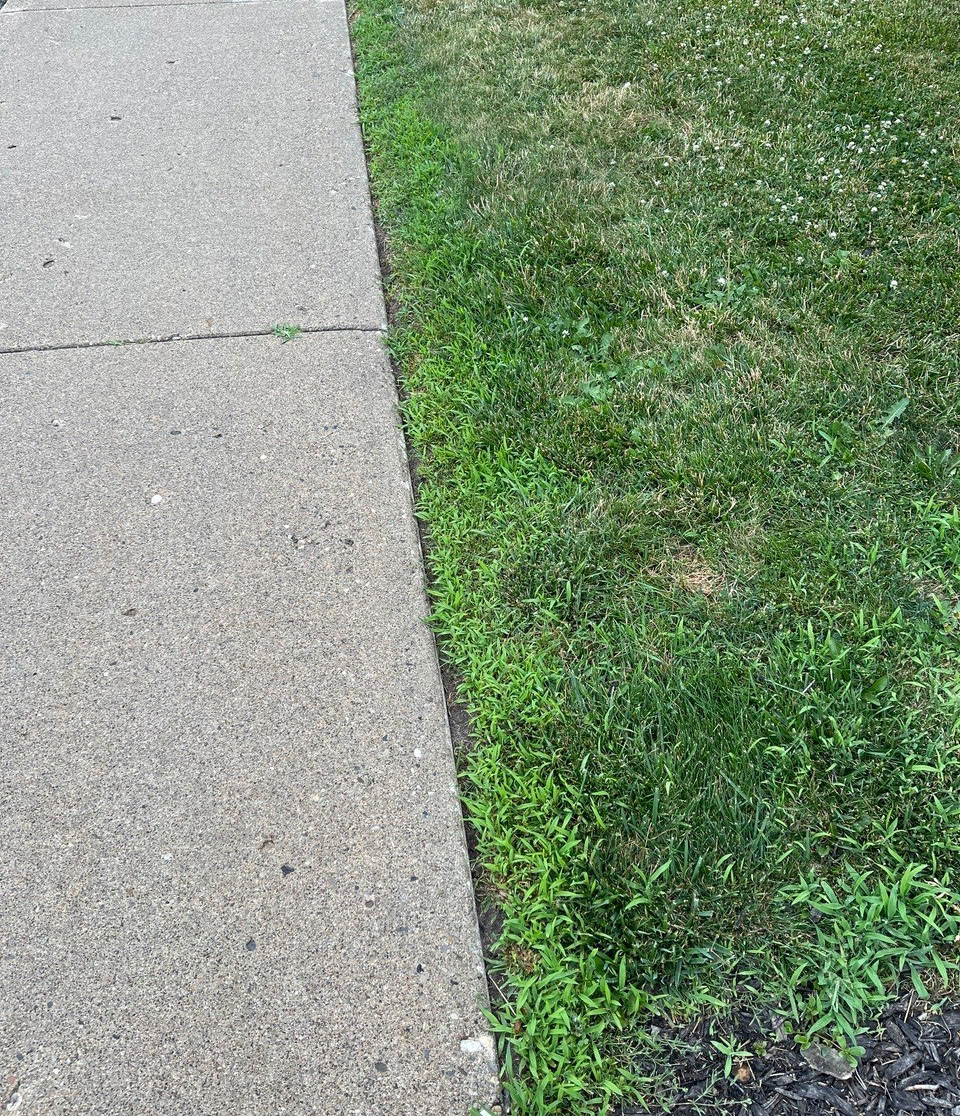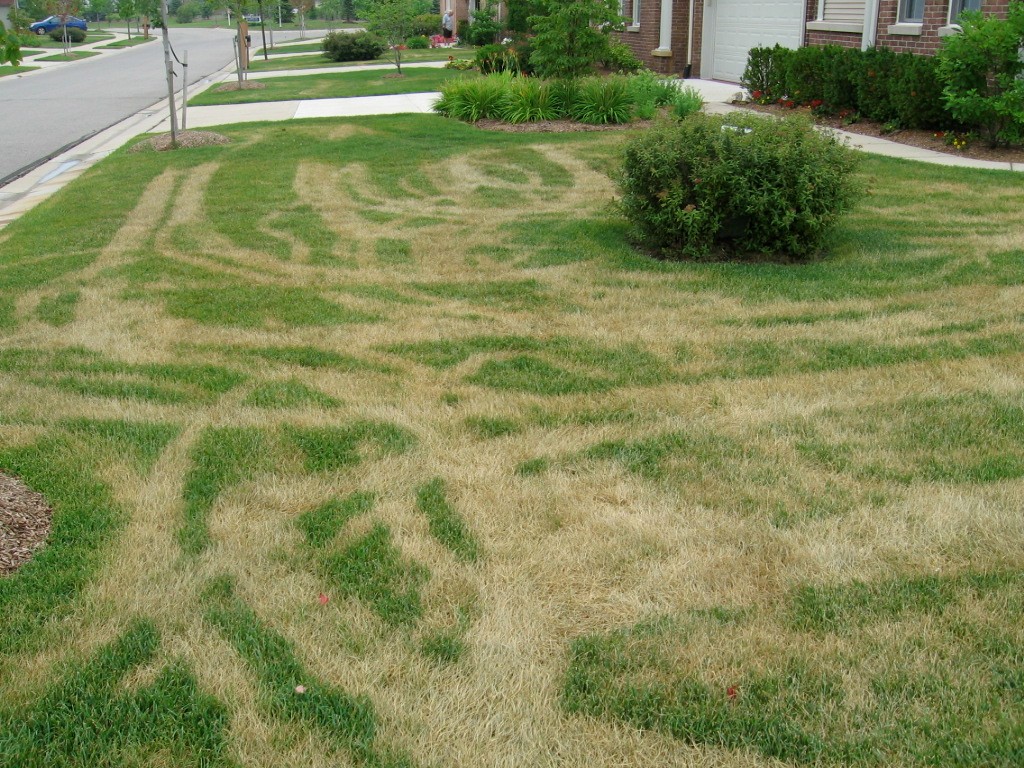Tips for managing lawns during high temperatures
High temperatures and heat indexes have been stressing turfgrass lately. Michigan State University Extension offers simple reminders as the heat continues this week.

Irrigation
Although most professional lawn care companies don’t control the irrigation system on the properties they manage, it’d be a good idea to encourage homeowners or businesses to go out and observe the irrigation system operating in critical areas. Inefficiencies, misaligned or malfunctioning heads that may have been disguised by cooler temperatures or rainfall to this point in the season will not be anymore.
The most common questions I receive are how much water should I put on my lawn, how often should I water, what is the best time to water, and what if I don’t water? Over the years, there have been several different research projects at Michigan State University (MSU) that have investigated turfgrass irrigation recommendations. MSU research has shown a light daily irrigation in the early afternoon (around 1 p.m.) with 0.1 inch of water produced higher quality turfgrass than a weekly irrigation of 0.7 inch of water at one time. Unfortunately, this irrigation timing typically runs afoul of local irrigation restrictions on when homeowners can irrigate.
Another research project at MSU showed that every other day irrigation resulted in better quality turf than weekly irrigation. Bottom line, more frequent irrigation results in better turf quality than once weekly.
There’s not a set amount of water to apply. It obviously varies depending on weather conditions. The amount of water the turfgrass needs is dependent on the temperature and relatively humidity. Current high temperatures are resulting in evapotranspiration (ET) rates as high as 0.3 inches a day. Add these up over a week and the turf loses as much as 2.1 inches of water. Commonly recommended ET return rates for a Kentucky bluegrass lawn are 80% of ET, so we would need to return 1.7 inches of water. I’d recommend applying the 1.7 inches of water over several cycles during the week instead of applying it all at once.
Crabgrass
Crabgrass is going to be a strong competitor in lawns this summer due to several reasons, including:
- A cold, long spring delayed crabgrass germination, and some crabgrass may have escaped early spring preemergence applications.
- Soil moisture increases soil biological activity, in turn, increasing herbicide degradation.
- Adequate precipitation in June, when young crabgrass was geminating, helped with root development.
- High temperatures as June ends are perfectly timed for crabgrass to really start competing. For additional information on crabgrass, see the “Pain in the grass: Crabgrass” article from Michigan State University Extension.

Mowing
Heat tracks will likely show up in the next week. Anytime you put traffic from equipment or sometimes even people on turf that is nearing the wilting point or has already wilted, you will likely see a track in the following days or week. Avoid mowing during the heat of the afternoon. Mow during the cooler times of the day, which are tough to find right now. Early morning or in the evening after dinner will reduce the risk of tracking damage.
Maintain the highest mowing height possible. Don’t think that by mowing lower you’ll help the turf by reducing the amount of leaf area the roots must support. If the turf doesn’t have leaves, it can’t harvest light for photosynthesis and the result is that more energy will be spent to produce new leaf tissue. Mow high and mow in the coolest part of the day if possible.

Hydrate—drink plenty of fluids
Just a reminder to keep yourself hydrated during the hot weather. There are bound to be some long days and if you’re acclimated to cooler weather, temperatures in the 90s with heat indexes over 100 may cause us to wilt as much as the turf.



 Print
Print Email
Email
